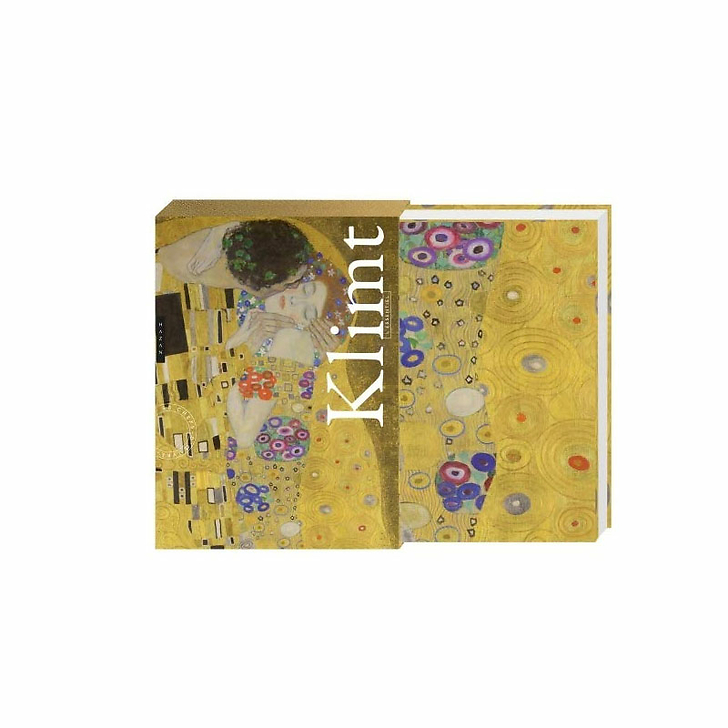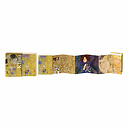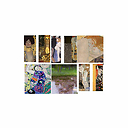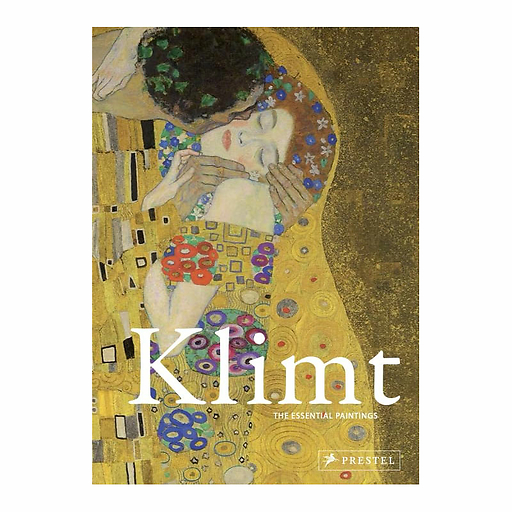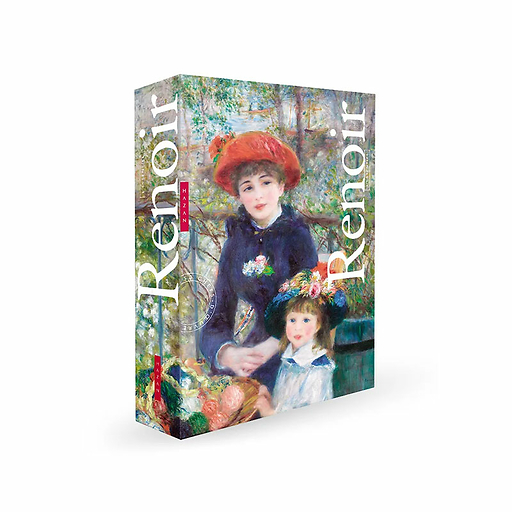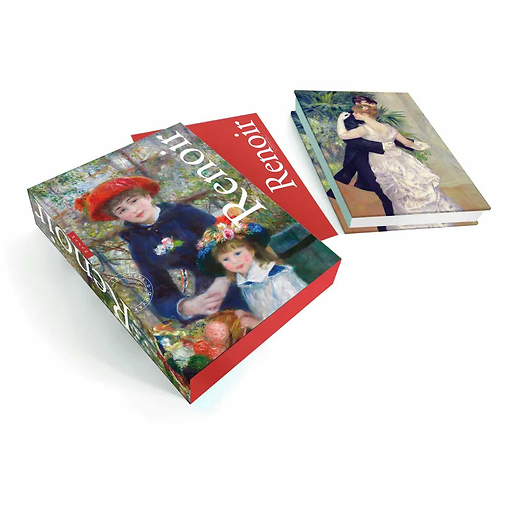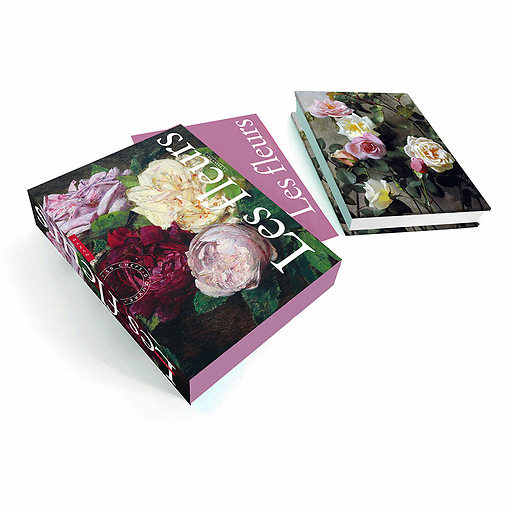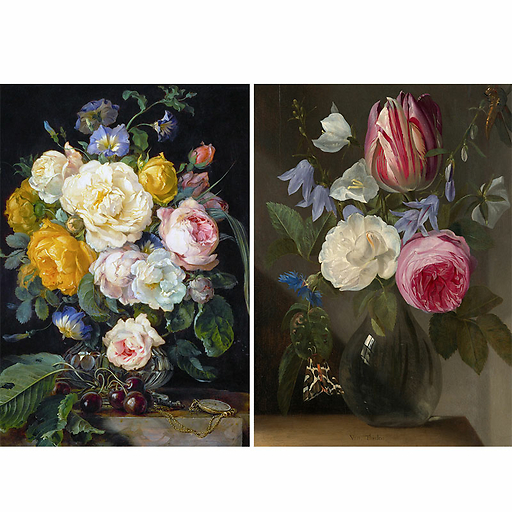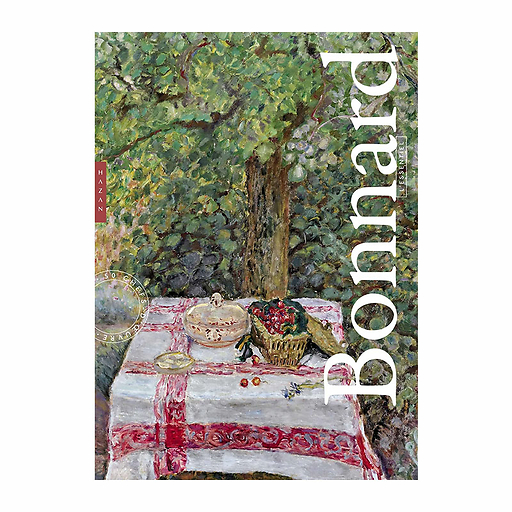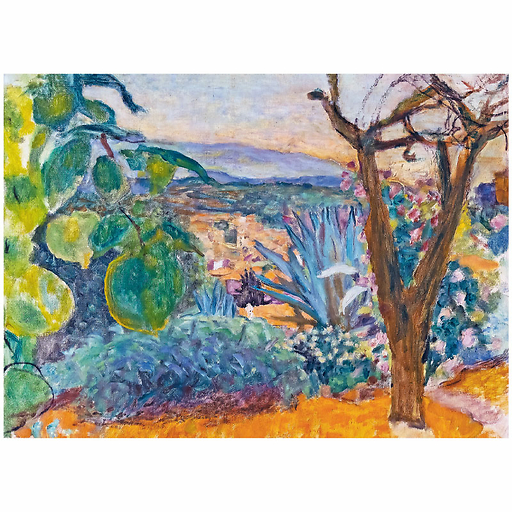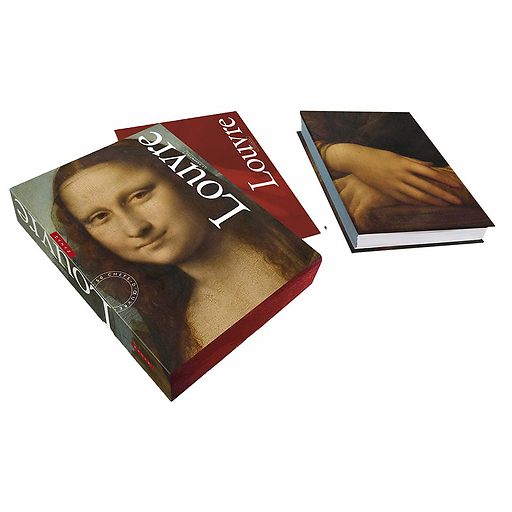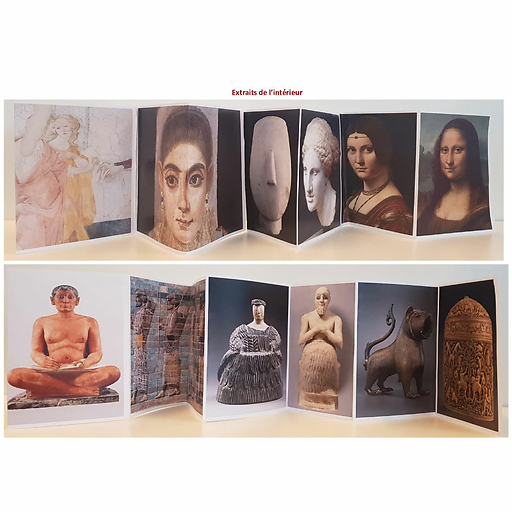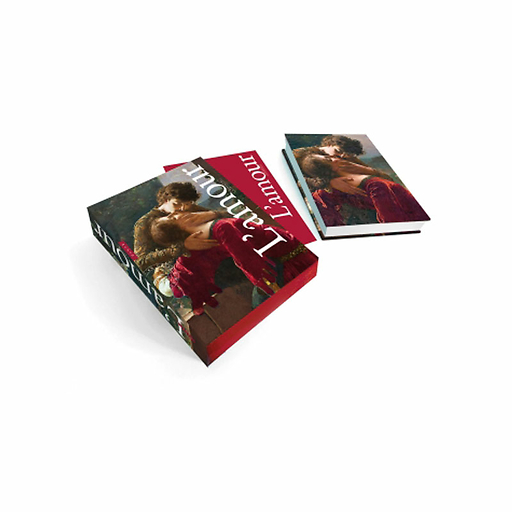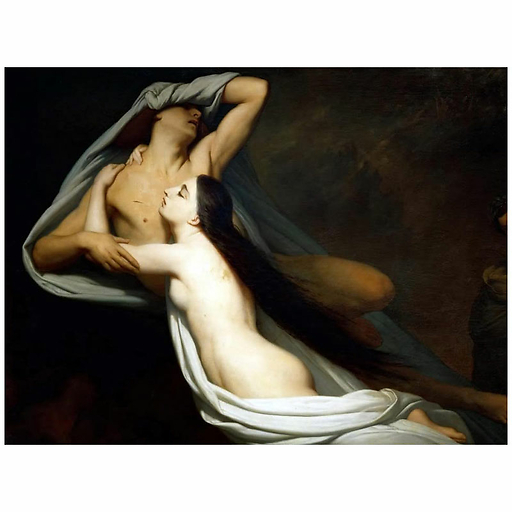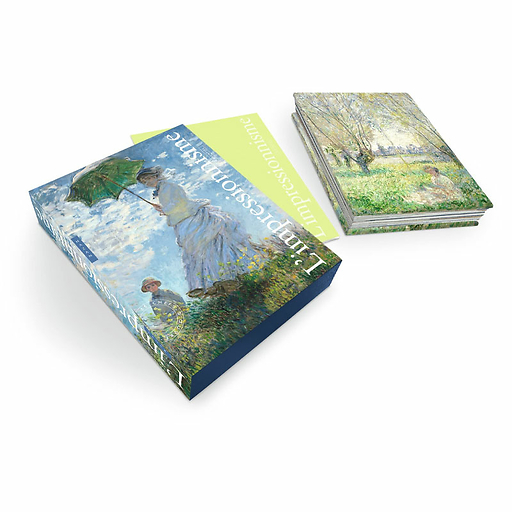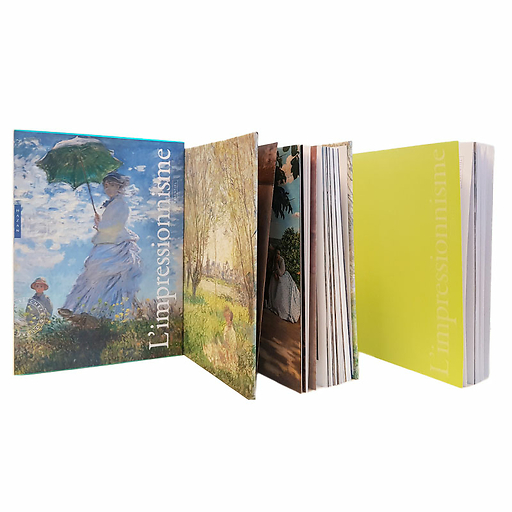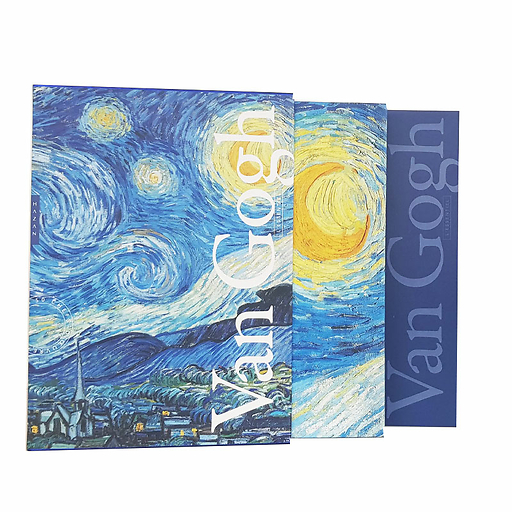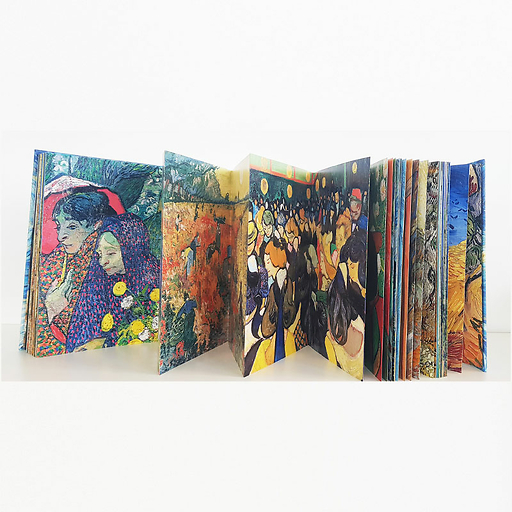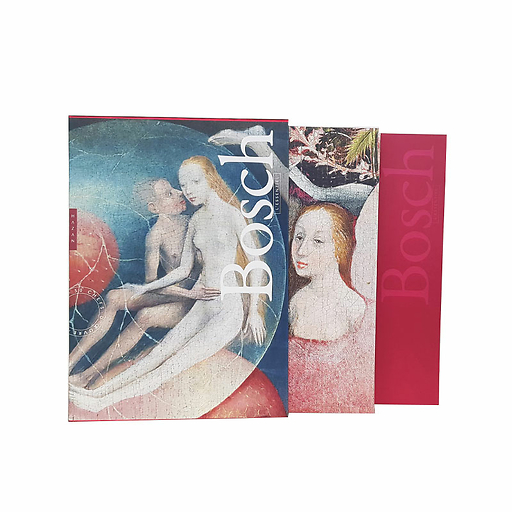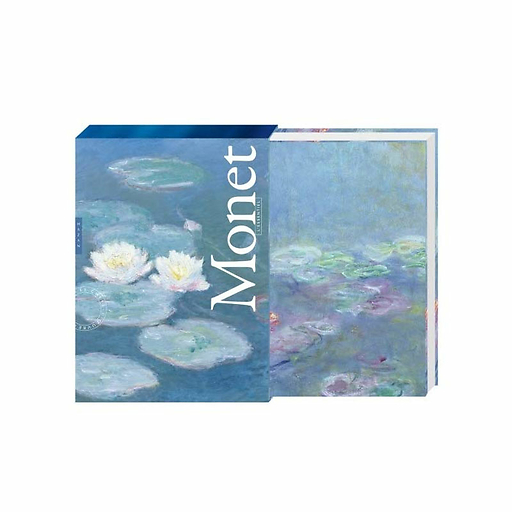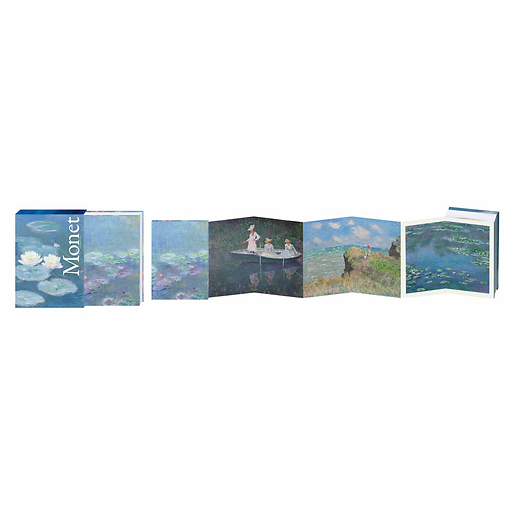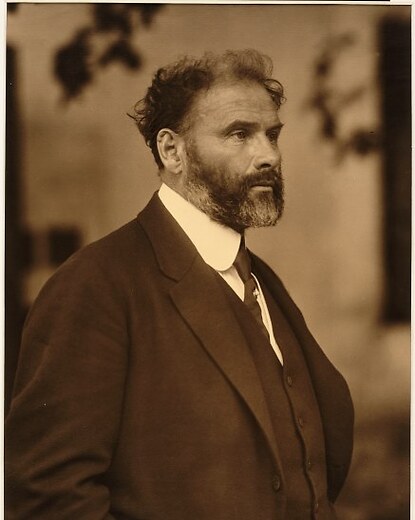FRENCH LANGUAGE
This boxed set contains the essential works of Gustav Klimt, who made his motto his own: "To each age its own art. To art its freedom". Accompanied by an explanatory booklet, it unfolds in accordion format fifty masterpieces representative of an art born under the sign of aesthetic renewal...
Read more
FRENCH LANGUAGE
This boxed set contains the essential works of Gustav Klimt, who made his motto his own: "To each age its own art. To art its freedom". Accompanied by an explanatory booklet, it unfolds in accordion format fifty masterpieces representative of an art born under the sign of aesthetic renewal and rupture.
This is the motto of the Viennese Secession, an artistic movement founded in 1897, to which Klimt belonged, developing stylization, arabesques and shimmering decorative profusion, with the female body as a recurring subject. Between worldly portraits, allegories and landscapes, between easel paintings and private settings, this boxed set summarises the essence of a work that has become iconic.
French language
192 pages
Éditions Hazan
Close

